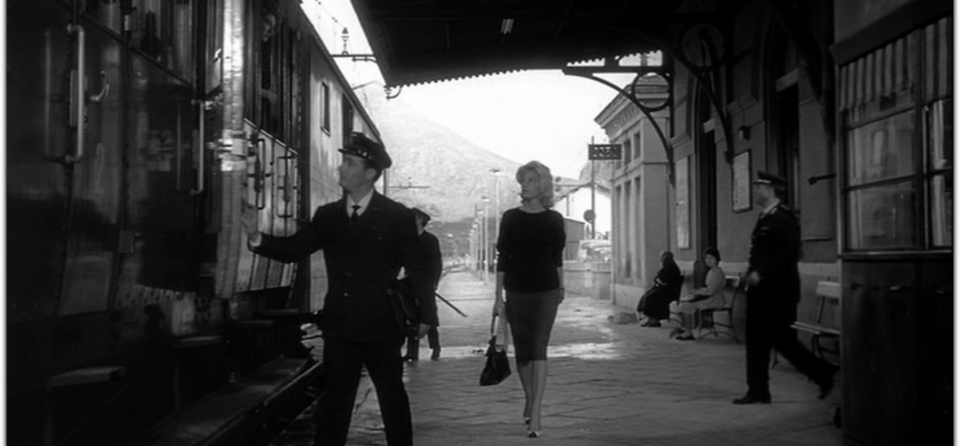Tags
Brigitte Lin, Christopher Doyle, Chungking Express, Faye Wong, Takeshi Kaneshiro, Tony Leung, Won Kar Wai
No, I’m not talking about Jeremy Lin. But since we’re on the topic, what was ESPN thinking??? Chink the armor? (referring to his inability to go left and allowing too many turnovers) Hello? You guys are the kings of bad puns, don’t you realize chink has another meaning? And you’re referencing an Asian dude. Hello? McFly! When I first heard it on Wednesday, I’ll admit that my sphincter puckered up a little. But then I talked myself down, I’m being too sensitive, but then the whole world got offended for me. Thanks world!
OK, onto Won Kar Wai’s, 1994, influential film. Set in Hong Kong in the mid 90’s. Frenetic, post-modern, noir meets French New Wave, with a dash of romantic comedy. His visual style is called impressionistic by many. I tend to agree with that. It’s mostly shot hand-held which makes for a blur of colors and lights, a painterly effect, which gives you more mood than standard storytelling. It was also shot quickly during the editing of Won Kari Wai’s epic “Ashes of Time.” It was like a pick-up basketball game for the cast and crew, a chance to cut loose and clear his mind because finishing “Ashes…” proved difficult.
Brigitte Lin is a bad ass drug smuggler. Takeshi Kaneshiro is her love-struck, policeman admirer. Tony Leung is another policeman who admires the gamine Faye Wong’s food stand attendant. The days before mass cell phone proliferation. They’re using pagers, remember those?
This is the ordinary Joes world of convenience stores, florescent lights, neon, nightclubs, food stands. The hurried nature of the camera work underlines the fleeting nature of the relationships.
I’m really not posting this as an inspiration for looks or clothes, more about creating an atmosphere, be it for a photo shoot or whatever.

Takeshi, with no game, trying to get something going with Brigitte. I think Won Kar Wai is having fun with Femme Fatale imagery here. The blonde wig, might be a reference to Hitchcock blondes, the vintage-y sunglasses, cigarette, and trench coat.

She ends up in his room, but it's perfectly chaste. I do like this shot of her shoes, with him leaving in the background. It could be a Manolo ad.

After the stewardess breaks it off, he's a little sad and hugs it out with his stuffed animals. I love the pink lighted fish tank. What could it mean? More fish in the sea? Christopher Doyle probably just liked it pink, nothing Freudian or figurative.

This echoes back to Brigitte Lin's character with the sunglasses, and Faye's hair is much longer now like Brigitte's. She's becoming a worldly woman.
I feel that Danny Boyle must’ve been inspired by this, even just a little, for “Slumdog Millionaire.” If not, it inspired legions of directors and DPs.
The director of photography, Christopher Doyle, continued working with Won Kar Wai, finally finishing “Ashes of Time,” then “Fallen Angels,” “Happy Together,” “In the Mood for Love,” and its quasi sequel “2046.” He then started working in the U.S. a lot. The first high profile project was with Gus Van Sant on the “Psycho” remake. He also worked with James Ivory on “The White Countess.” I’m just noting those two for stylistic range. He made his mark working for an auteur, but he is able to do restrained literary dramas as well. He’s self-taught, blue collar, Aussie who’s lived in Asia longer than his native Australia.
Here’s a quote of his that sums up his style:
“What I’m trying to do is make the camera-work lyrical rather than fragmentary. It’s a dance between the camera and the actors.”








Pingback: Faye Wong – L’officiel Magazine(China) February 2011 « Eriş DENİZ